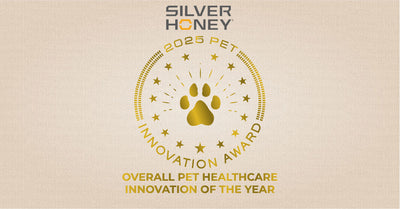Seasonal and environmental allergies can have a significant impact on the well-being of our beloved pets. Understanding the causes behind these allergies is crucial for pet owners to provide appropriate care and support. In this blog post, we will explore the key factors that contribute to seasonal and environmental allergies in pets, maintaining an educational yet approachable tone. Here are the causes of seasonal and environmental allergies in pets.

- Skin Allergies: Allergic dermatitis, or skin allergies, are the most common type of allergic reactions in dogs. They can be caused by flea allergy dermatitis, food allergies, or environmental allergens [1]. Flea bites and certain food ingredients can trigger itching and skin inflammation. Environmental allergens such as dust, pollen, and mold can lead to atopic allergic reactions [1].
- Food Allergies: True food allergies in dogs are relatively rare, but food sensitivities or intolerances are more common. Food allergies result in an immune response, while food sensitivities involve a gradual reaction to certain ingredients. Common allergens include beef, chicken, eggs, corn, wheat, soy, and milk [1].
- Seasonal Allergies: Dogs can also experience seasonal allergies triggered by specific allergens present in the environment during certain times of the year. These allergens can include grass pollen, tree pollen, weed pollen, molds, yeasts, dust mites, and fleas [2]. Seasonal allergy symptoms may include excessive licking, scratching, hair loss, redness of the skin, and recurrent ear infections [2].
- Environmental Triggers: Environmental allergies in dogs occur when their immune systems overreact to substances in their surroundings, such as pollen, dust, mold, or other airborne particles. IgE antibodies in the dog's immune system recognize these allergens as threats, leading to an allergic response. Mast cells release histamines to fight the allergens, causing redness, inflammation, itching, and irritation [3].
- Natural Remedies: There are natural solutions available to manage environmental allergies in dogs. Bovine colostrum, rich in antibodies, can help boost the immune system and alleviate allergy symptoms [3]. Additionally, omega-3 fatty acids from sources like fish oil can have anti-inflammatory effects and promote healthy skin and coat [3].

It's important to note that this blog post is for informational purposes only and not a substitute for professional veterinary advice. Consult with a veterinarian for personalized guidance regarding your pet's allergies and treatment options.





